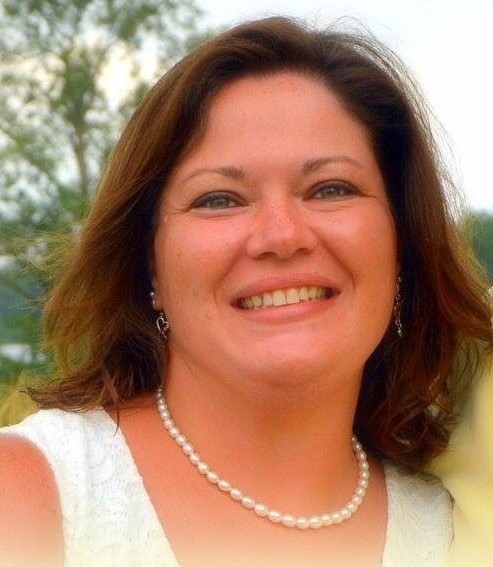
As staff at skilled nursing facilities scramble to comply with hundreds of pages of interpretive guidance that kicks in Monday, experts warned that one major emphasis should be on meeting new standards for Trauma-informed care.
Guidance that surveyors will use to enforce the Rules of Participation requires a deep dive into each resident’s trauma history and how it should be used to plan care for residents.
“Something as simple as having a male housekeeper in the resident’s room when the (recommended) interventions are female caregivers-only due to past traumas could be enough to be out of compliance if it causes the elder distress,” Rosie Benbow, RN, owner of Leading Transitions, a post-acute care consultancy, told McKnight’s Long-Term Care News Thursday.
The Centers for Medicare & Medicaid Services in late June released several documents announcing clarifications and changes to Phase 2 and 3 RoP enforcement, some of which providers had waited years to receive.
Trauma-informed care is one element of the agency’s broader approach to provide individualized care and acknowledge the increasing prevalence of behavioral health issues in the skilled nursing setting.
Benbow believes the keys to compliance are fact-gathering, forming care plans based on that research, and clear communication of the plan to those directly implementing the plans.
Benbow cautioned providers to not see familiar terms and let down their guard.
“I worry that many feel like they addressed trauma-informed care in 2019 when we were initially charged with being in compliance with Phase 3 of the RoP,” she said. “The current revisions to the rules and other regulations really expanded a lot on the area.”
Attempts to have the right forms and training in place sometimes overshadow the true intent of the regulation, she added.
“Have we truly asked the right questions of the elders and their family members as it relates to their specific trauma: How does it impact them in their day-to-day life?” she asked. “What are triggers that impact them? How can we adjust the plan of care to minimize triggers and assist in coping as well as avoid re-traumatization?”
The people who gather this information and their relationship with care providers is of utmost importance, said Benbow.
“Especially with current staffing challenges, we tend to do what is easiest for the staff to get care delivered,” said Benbow. “To truly personalize a plan of care to the elder’s specific trauma, we have to address their issues very specifically and integrate the interventions into the plan of care.”
She said a social services staff member will most likely ask residents about trauma and facilitate intervention recommendations. But providers must close the gap and adequately train to ensure RNs, LPNs and CNAs follow plans of care, including making it a reliable part of software dashboards.
Antipsychotics in spotlight too
As for other aspects of the new guidance, Benbow said, there is a lot of buzz around the inaccurate diagnosis of schizophrenia in the elderly due to the updates in the Resident Assessment Instrument manual and throughout the regulations.

“Of course that is because the diagnosis increased exponentially when it was added as an exclusion for antipsychotics,” she said. “Myself, and many other consultants, feel this is just the beginning of the focus on inaccurate diagnosis and assessments.”
CMS Division of Nursing Homes Director Evan Shulman said as much in a live presentation at the LeadingAge Convention and Expo Sunday.
“Schizophrenia diagnoses are extremely rare after 40. … It’s even more rare if it’s a pattern at the same nursing home,” he said. “We’re going to look at what else we can do … but to code them as having schizophrenia to improve performance on a quality measure is unacceptable.”
Benbow said going forward the possibilities of expanded focus on accuracy as it relates to Quality Measure as well as reimbursement is “a little scary.” She suggested it would be a prudent step for providers to look at internal systems for reviewing who is updating diagnosis.
“What does the communication with the physician or nurse practitioner look like?” Benbow said. “Does it follow continuous documentation improvement guidelines? Who is auditing for accuracy on other areas of MDS assessments and how often is that done? Are we looking not just at accuracy of reimbursement but that of quality measures?”
Finally, she said, are staff educated on their scope of practice? She said she often sees newer nurses, or even experienced nurses with a history of learned bad habits, who see a medication and add in the diagnosis they think it is treating based on drug classification.
Better medical director oversight and advanced practice clinicians could help educate and encourage improvements in both areas.
“As Phase 3 rulings come into play, we need to broaden the compass of GDRs (gradual dose reductions) on psychotropics and assure trauma-informed care is provided to all residents,” Jennifer Edgar, a TeamHealth gerontological nurse practitioner said on a McKnight’s webinar Thursday. “Advance practice clinicians, psychologists and telehealth specialists play an essential role in bridging the gap in meeting those metrics for our facility partners and patients.”
Senior Editor Kimberly Marselas contributed to this article.



